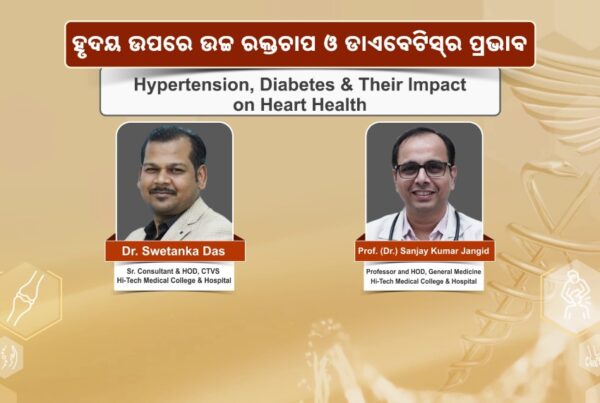New Delhi, April 8, 2025 – India is on track to achieve a significant milestone in its healthcare landscape, with projections indicating that nearly half of the country’s population will be covered by health insurance by 2025. This anticipated growth reflects the increasing recognition of the importance of health coverage amid rising medical costs and a growing awareness of the need for financial protection against health emergencies.
According to recent data released by the Insurance Regulatory and Development Authority of India (IRDAI), the nation’s health insurance sector has seen a rapid expansion in the past few years. The increase in coverage can largely be attributed to both government initiatives and a shift in the attitudes of citizens toward health insurance. The government’s flagship health insurance scheme, Ayushman Bharat, has been instrumental in extending coverage to millions of low-income families, with the initiative now covering more than 40% of the population. The scheme, also known as Pradhan Mantri Jan Arogya Yojana (PMJAY), aims to provide free medical treatment to millions of citizens, significantly reducing the financial burden on households in times of health crises.
Beyond government efforts, the rise of India’s middle class has also played a key role in the increase in private health insurance adoption. As incomes rise and the population becomes more health-conscious, more people are seeking private health insurance plans to protect themselves from the high costs of medical care. Insurance providers, in response, have introduced a wide range of affordable plans that cater to diverse economic backgrounds, making health coverage more accessible to a broader segment of the population.
The corporate sector has further driven this trend by offering health insurance benefits as part of employee welfare packages, which has significantly increased insurance penetration among the organized workforce. With this growing shift toward workplace health plans, more individuals now have access to medical coverage through their employers, further boosting overall coverage statistics.
The digital transformation of the insurance industry has also played a crucial role in expanding health coverage. The advent of online platforms and mobile apps has made it easier for individuals to research, purchase, and manage health insurance policies. These digital tools have been particularly effective in reaching rural areas, where traditional methods of purchasing insurance have been less effective. The increasing use of technology has also made insurance more user-friendly, allowing people to make informed choices about their health plans.
While India has made significant strides in expanding health insurance coverage, challenges remain. One of the key concerns is the rural-urban divide, with rural areas still lagging behind in terms of both awareness and accessibility to health insurance products. Though government schemes like Ayushman Bharat have made health insurance more accessible, particularly in rural regions, a large portion of the population is still not covered by private insurance. Additionally, while many people now have insurance, underinsurance remains a prevalent issue. In many cases, existing policies do not provide sufficient coverage to address the high costs associated with critical illness treatment or long-term care.
Moreover, the country’s public healthcare infrastructure still faces significant challenges. Although health insurance is growing, the lack of adequate healthcare facilities, especially in remote areas, continues to hinder access to quality care. Many individuals, despite having insurance coverage, still struggle to find affordable and effective healthcare options.
Looking ahead, experts are optimistic that India will meet its goal of 50% health insurance coverage by 2025. However, this will require continued investment in both government schemes and private insurance products. Efforts will need to be focused on improving the quality of public healthcare, addressing regional disparities in insurance access, and ensuring that the growing middle class continues to be adequately covered. As more people gain access to health insurance, the overall health security of the nation is expected to improve, providing greater peace of mind to millions of families.
India’s journey toward universal health insurance coverage is gaining momentum, with the country poised to reach a landmark 50% coverage rate by 2025. This growth, driven by both government action and a shift in public attitudes, marks an important step forward in improving the nation’s healthcare system and ensuring that more individuals are financially protected in times of health crises. The road ahead will require continued collaboration between the government, private insurers, and healthcare providers to address existing challenges and make health coverage more accessible and effective for all.




